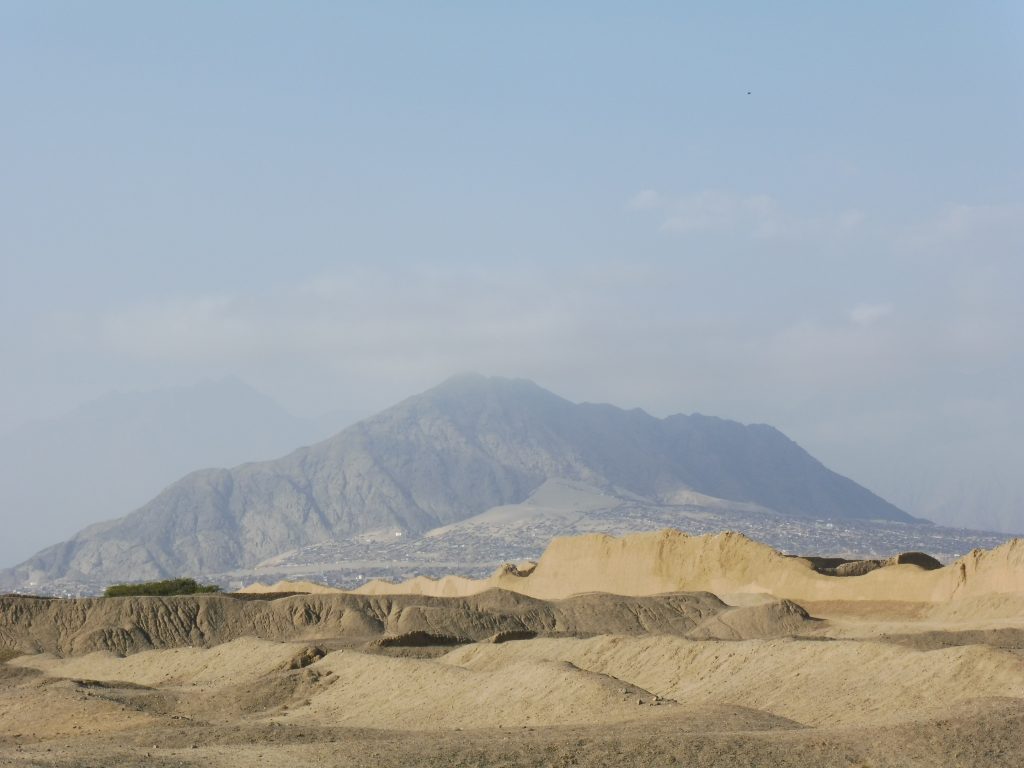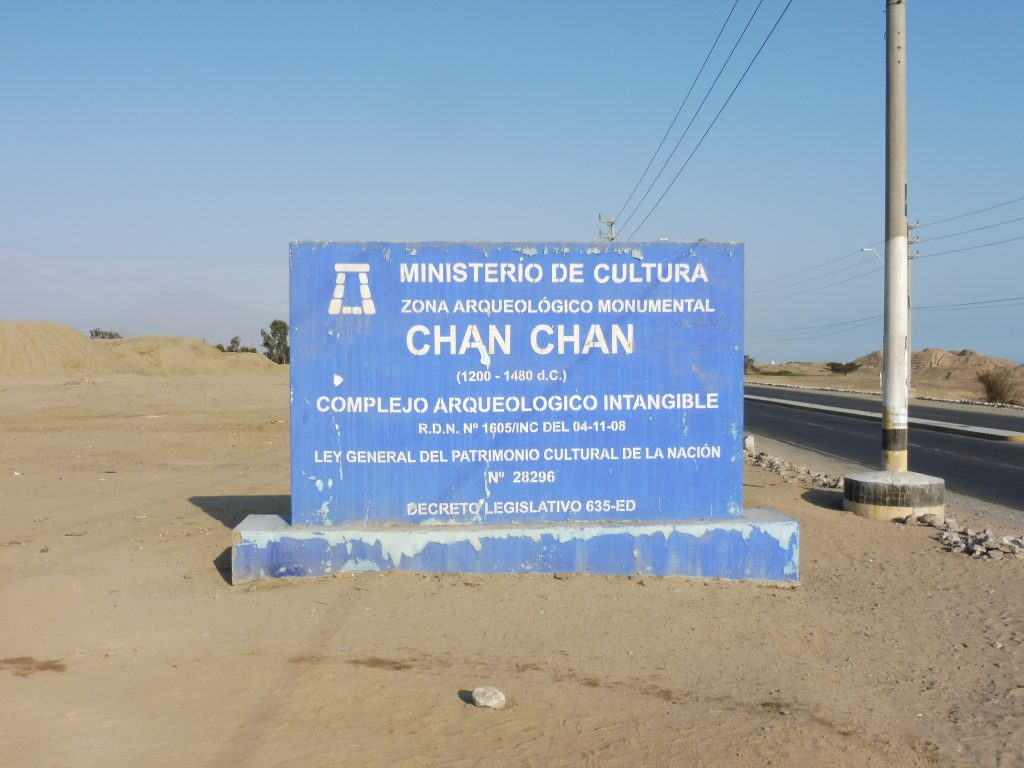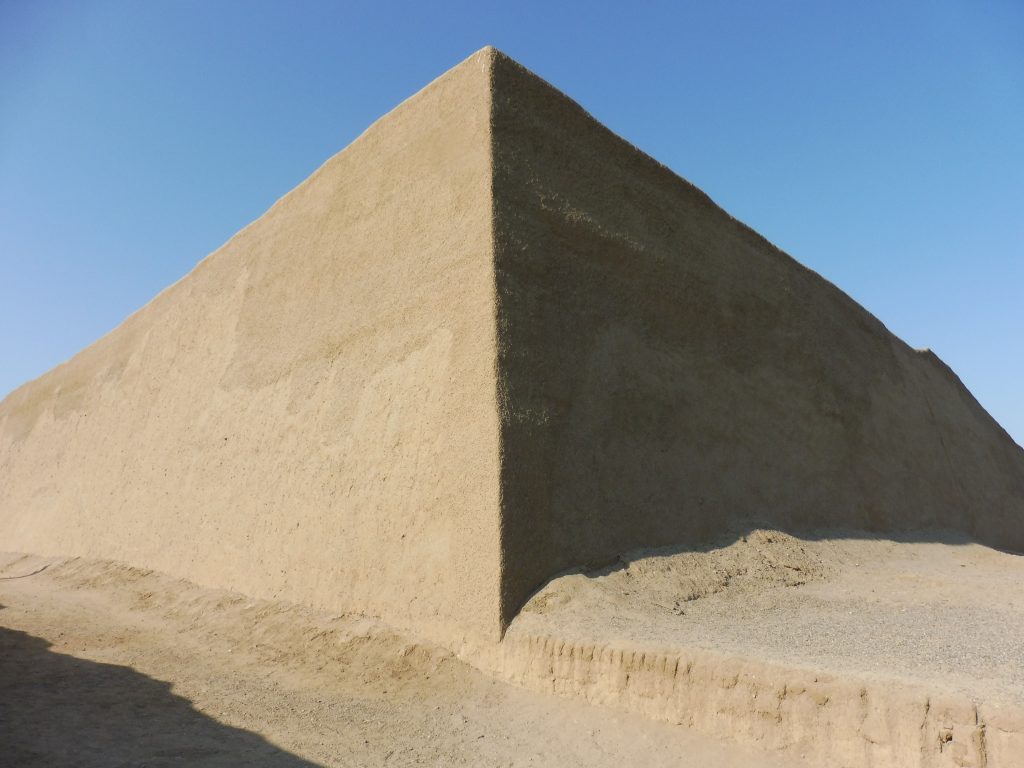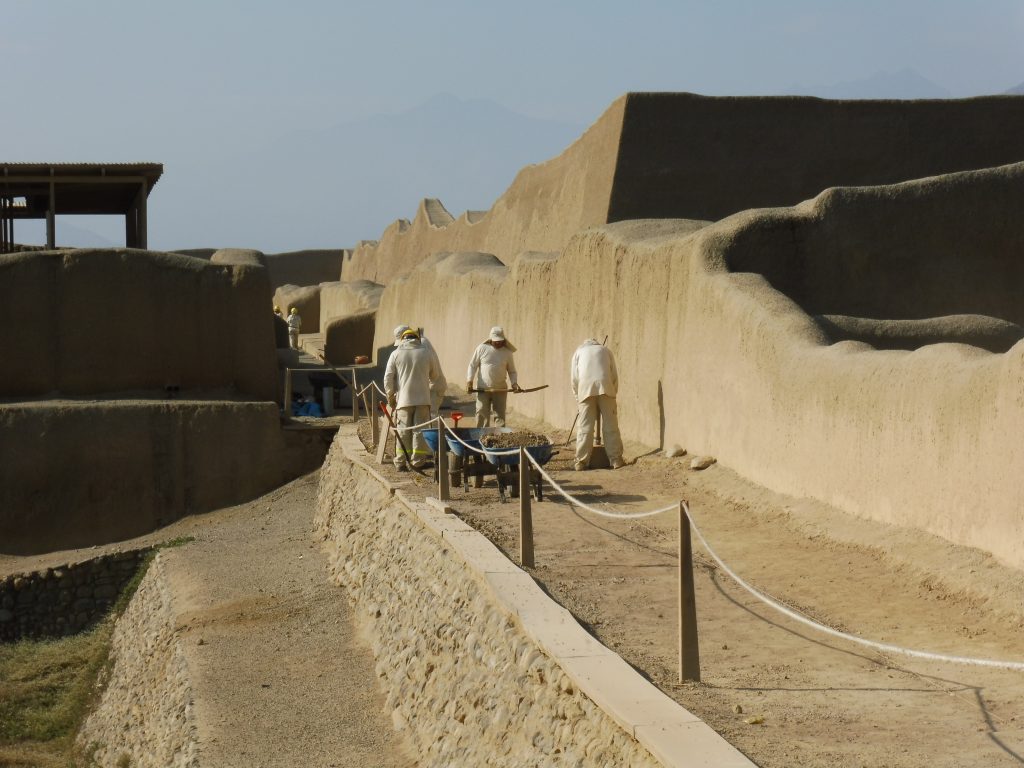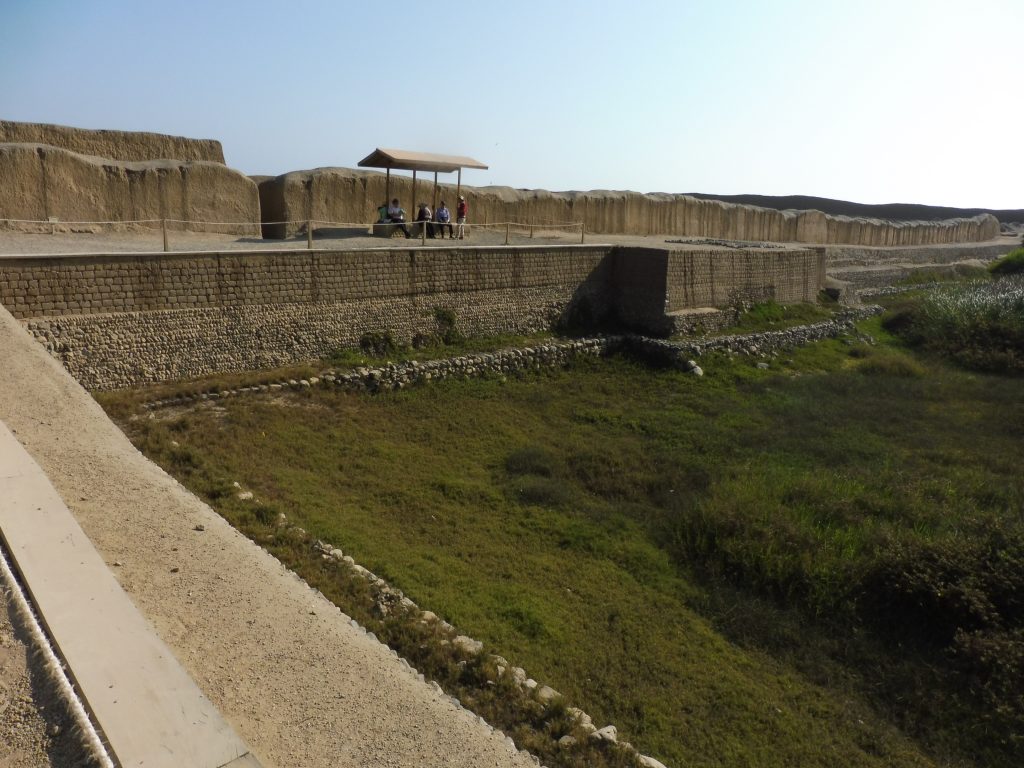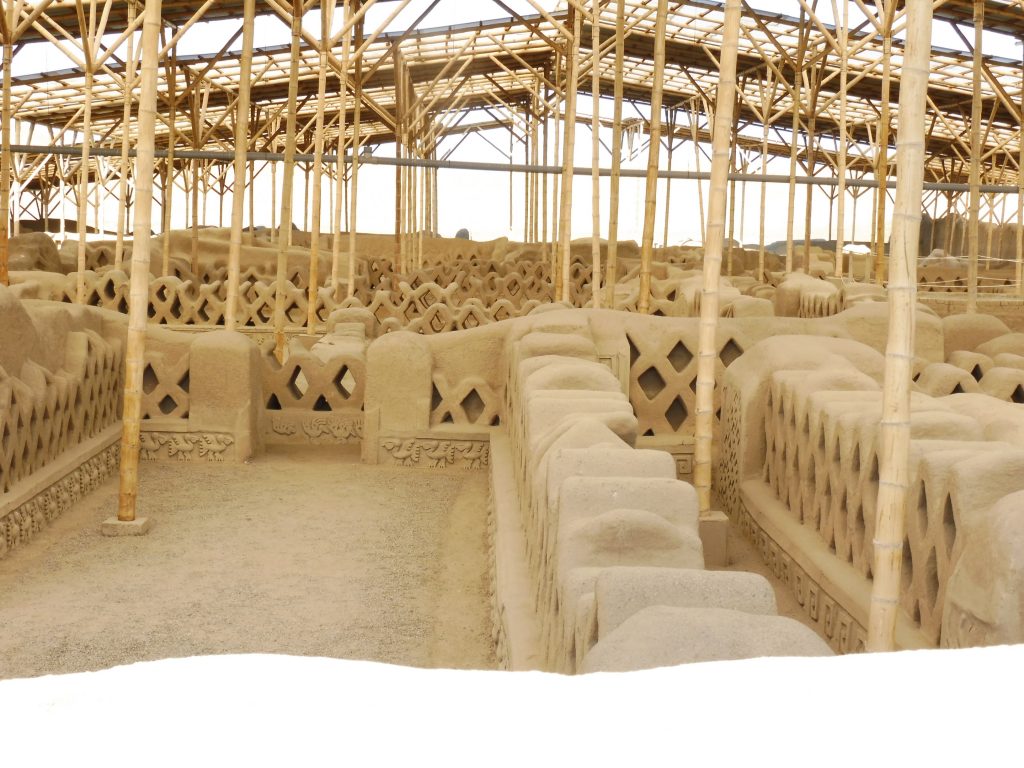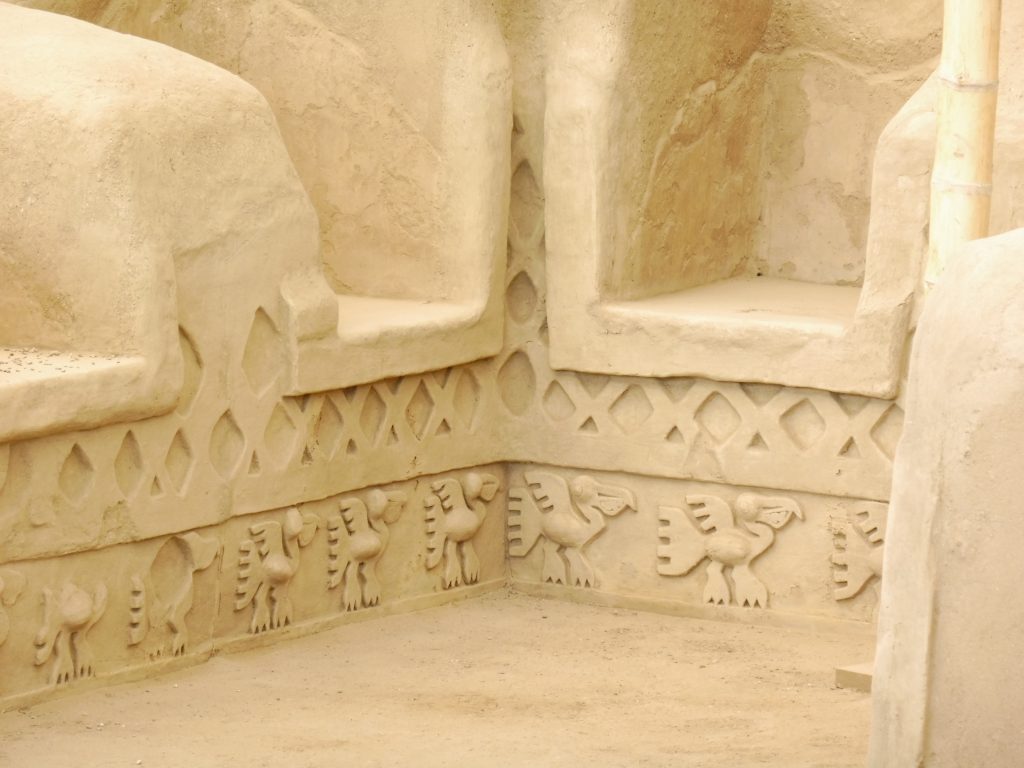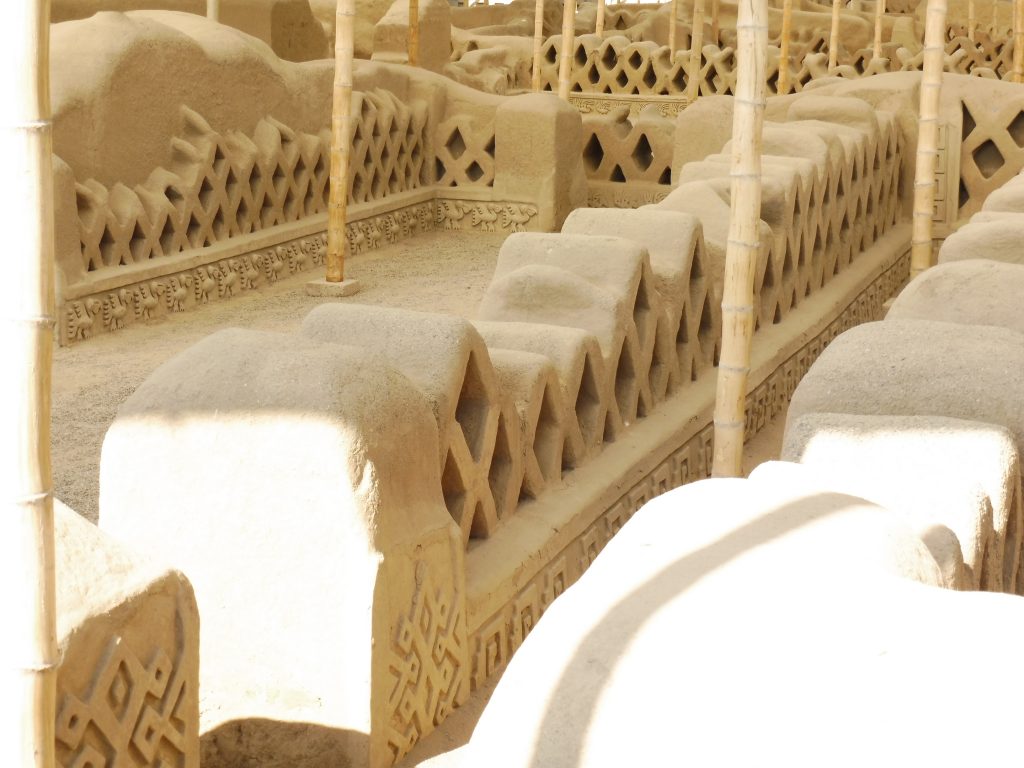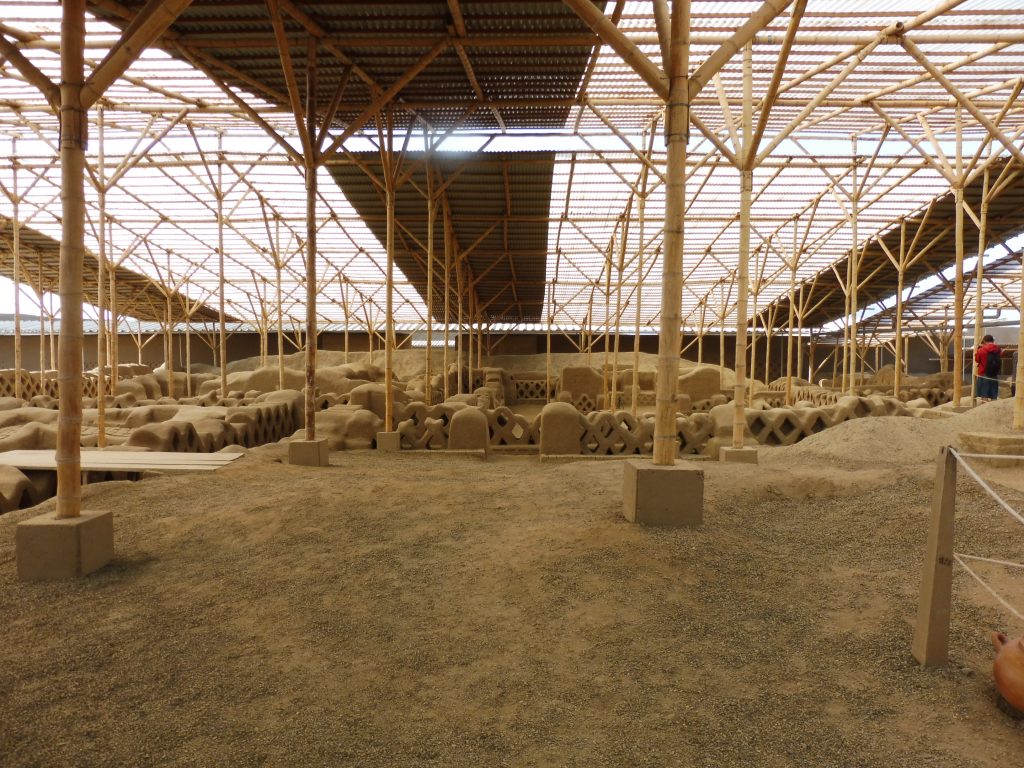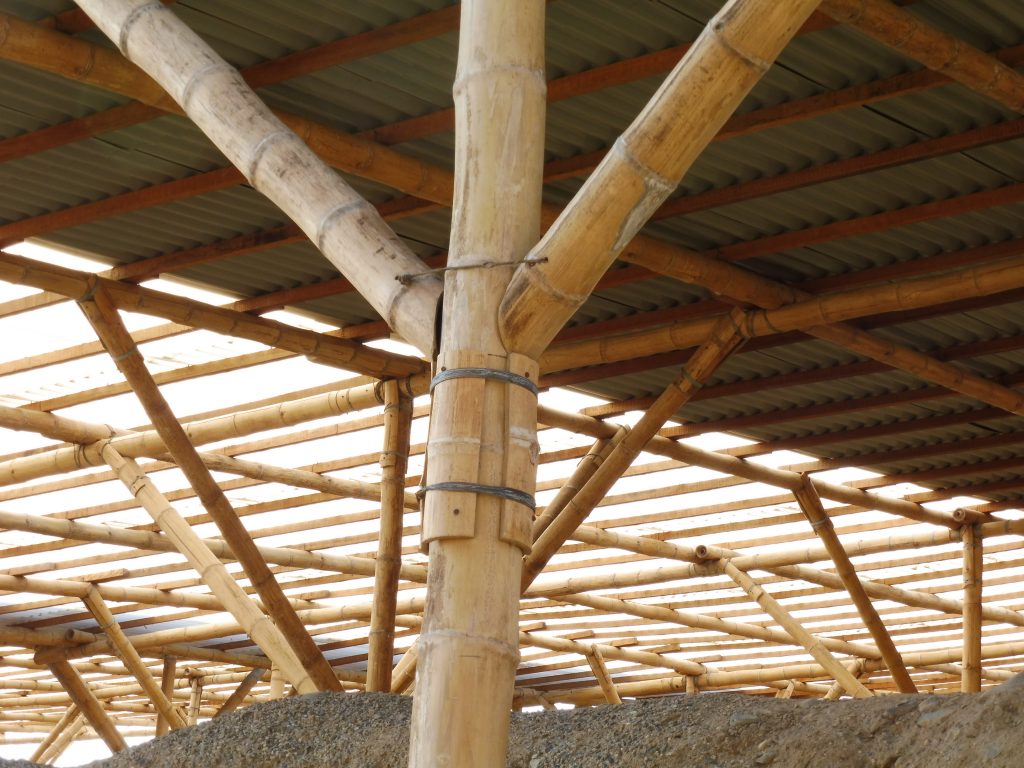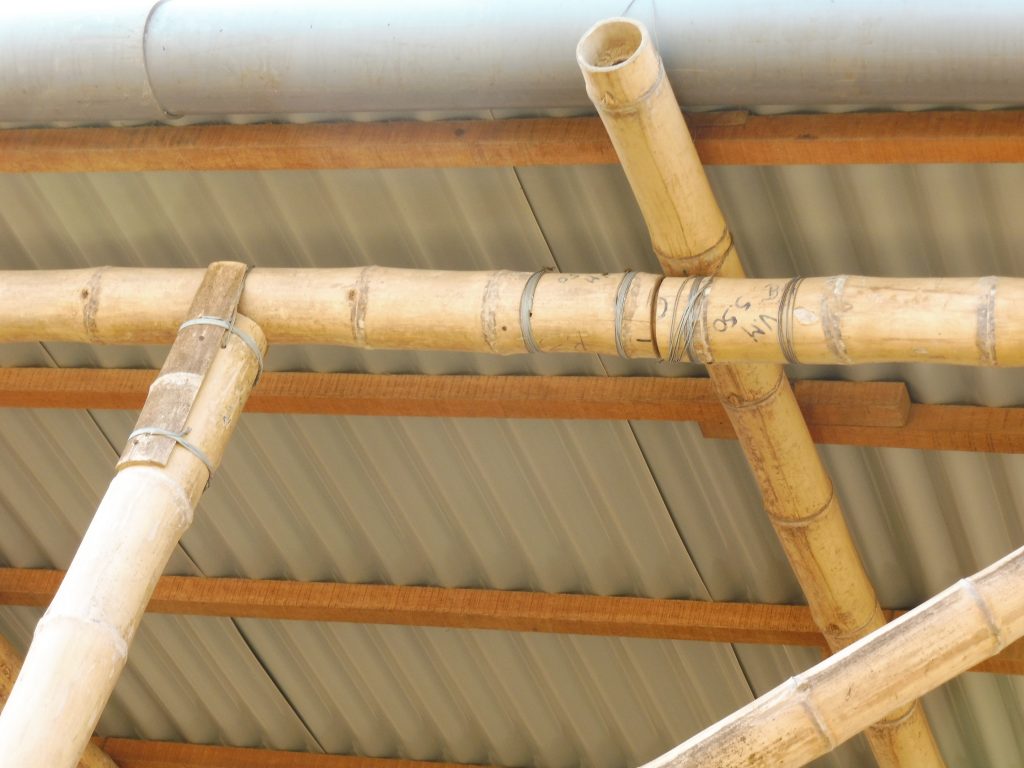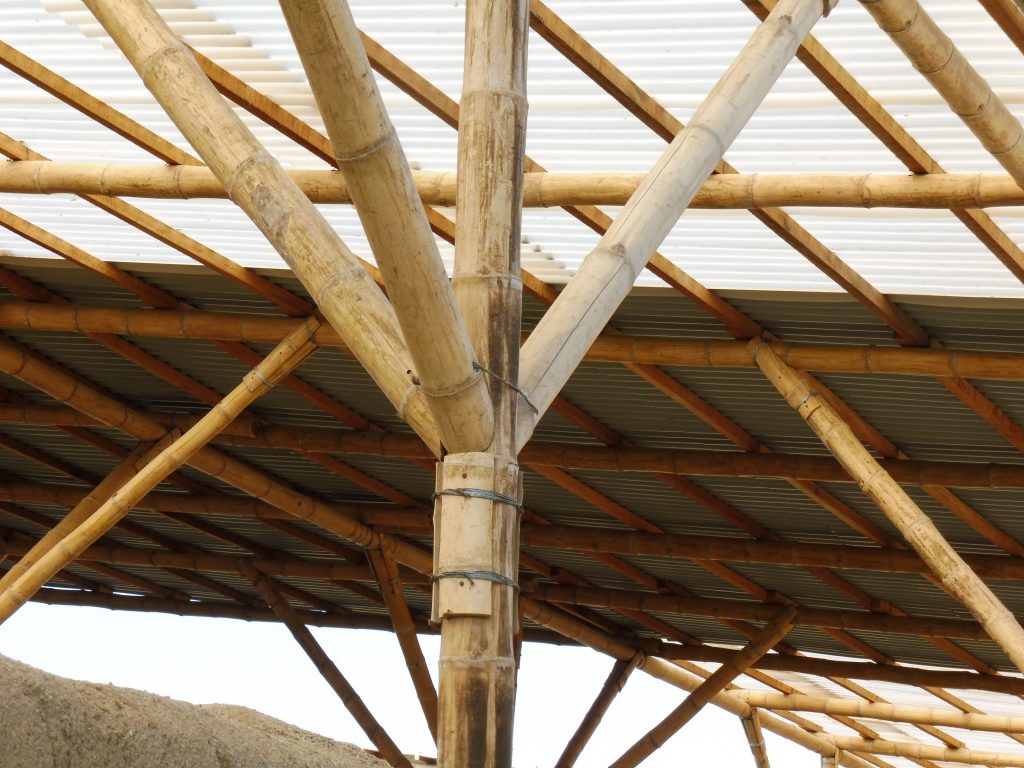by Kevin Dalton
On a recent trip to Peru I had the opportunity to visit some of the ruins at Chan Chan, located in La Libertad province around the city of Trujillo. Built around 1200, Chan Chan served as the capital of the Chimu Kingdom until falling to the Incas around 1480. The city covered 20 square km, was the largest pre-Columbian city in the Americas and a monumental example of earthen architecture. At its height Chan Chan is believed to have had a population of around 60,000 people.
Due to the consistency of the swells in nearby Huanchaco, I was preoccupied with surfing for most of my time in the Trujillo area and only visited the Tschudi Complex, a relatively small section of the Chimu city. In all the city consisted of 9 walled citadels, or palaces, so there are several more interesting sights worth visiting.
Preservation efforts at the Tschudi Complex, which is the only section of Chan Chan that has been partially restored, are ongoing. Most of the architectural details are modern recreations though there are a few originals that remain. Due to its geographic location on the northern coast of Peru the ruins are susceptible to erosion from the heavy rains brought on by the El Niño phenomenon so much of the Tschudi Complex is now covered by a protective roof structure, which I found to be interesting in its own way. Upon returning to Huanchaco I immediately recognized some of the same architectural motifs at the Instituto del Mar del Peru, Laboratorio Costero de Huanchaco.
Besides being an important cultural site I think that Chan Chan is also a powerful example of ecological construction. It’s interesting to see how a 500+ year old city constructed of locally sourced, earthen material slowly returns to it’s original form leaving almost no trace of it’s existence. Try to imagine what a modern city will look like 500+ years from now.
Learn more about Chan Chan on the UNESCO website.
